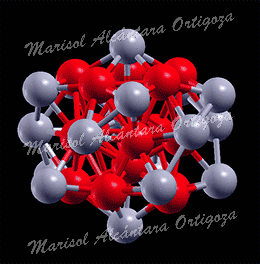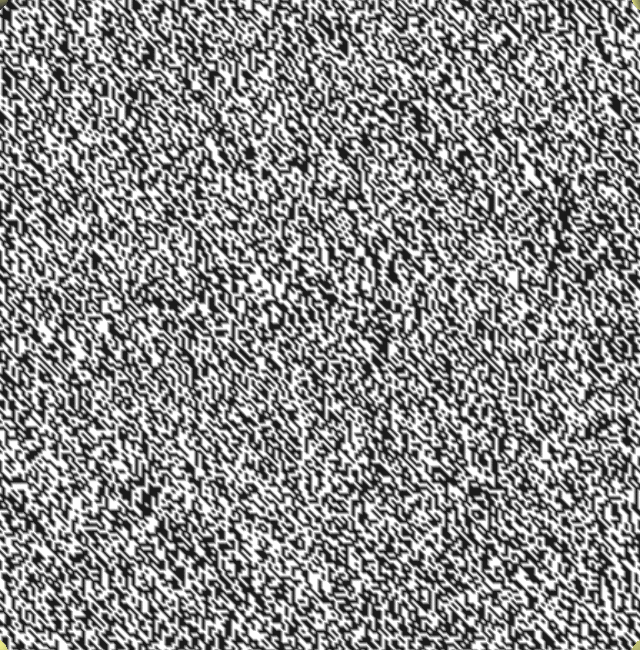LECTURES AND MENTORING
Department of Physics, University of Central Florida, Orlando, Florida
Fall 2013 – Spring 2014
Lecturer-Instructor in charge of the Mini-Studio sessions incorporated into General Physics 2 (without calculus). These sessions are based on a learning-centered teaching approach that has been put into practice with non-STEM students (students not majoring in science, -technology, -engineering, or –math). Each semester I taught 4.5 contact hours a week, divided among three groups (32 students each). Each group got a weekly 90-minute highly interactive and group-based session. During a Mini-Studio session, each group was divided in eight subgroups of 3-4 students each. The main goal was to strengthen what students learn in the corresponding lecture – that given by another lecturer in the traditional format and with a large enrollment (more than 200 students) – and laboratory sessions. Within the Mini-Studio teaching initiative, I reinforced student’s conceptual understanding and reasoning skills through extensive student-instructor and student-student interaction, questioning strategies, and worksheets designed for promoting critical thinking and concept revision. Assisted by worksheets that I designed based on the textbook and previous worksheets, the Mini-Studio session focused on physical concepts and some selected problems often adapted from those found in the course textbook, so that students could go through the questions and problems reasoning step by step. The worksheets were also developed with an emphasis on linking one to another in order to convey a broad and consistent landscape to the students, as opposed to the pattern of scattered concepts and formulas with which non-STEM students have traditionally had to contend. In each class I lectured for 20 minutes and at the same time engaged students to answer some questions and/or give their opinion. After that, I walked each subgroup through concepts and problems in the worksheet. Each subgroup would work on a section of the worksheet. Then, I asked one student of each subgroup (but all of them may come to the front) to explain their corresponding section of the worksheet for the rest of the class. In this part, I intervened as needed. I evaluated the Mini-Studio at the end of each session through a test with open questions (more seldom with multiple-choice questions) and problems in which, not the final answer, but the solving process was evaluated. The test contained identical questions to those in the worksheet, problems slightly different from those in the worksheet, and problems not addressed in the worksheet but almost identical to those in the online homework that was due the night before the Mini-Studio session. The Mini-Studio was also a group-based activity in order to foster engagement through peer-learning, yet I composed a somewhat different quiz for each student. It was useful for me to grade the quizzes because that allowed me detect/correct misconceptions and gaps in a given subject. As an instructor, I was also part of the “Learning Assistant Program” (based on the Colorado Learning Assistant (LA) Model at University of Colorado, Boulder) that is being implemented in our department: A non-STEM student that has performed satisfactorily in the class and is interested in pedagogy can be appointed to help students throughout the student’s learning process during the Mini-Studio session under the supervision of the Mini-Studio lecturer. Apart from the face-to-face interactive teaching, preparing weekly worksheet and quizzes, and grading, my activities also included assisting students during out-of-class office hours.
Fall 2011
Invited lecturer for two sessions on Phonons within a graduate course “First Principles Computational Methods in Condensed Matter Physics” developed by Prof. Stolbov.
2009 – 2012
Co-advisor of graduate students. I was extensively involved in supervising the research of three graduate students. That includes teaching or mentoring them in the standpoint and theoretical background of condensed matter physics, the formulation of a research problem, the application of available computational tools, the interpretation and analysis of the results, and the preparation of presentations for conferences as well as of research papers.
Department of Physics, Kansas State University, Manhattan, Kansas
2001 – 2002 Graduate Teaching Assistant
Instructor in the laboratory of electricity and magnetism for the course “Engineering Physics I.”
Instructor in the laboratory of the course “Contemporary Physics.” This was a pilot class in modern physics assisted by computer simulations designed and taught by the Physics Education group at Kansas State University.
Facultad de Ciencias, Universidad Nacional Autόnoma de México, Ciudad de México, México
1999 – 2001 Undergraduate Instructor
Lecturer in Physics I for physics majors (with calculus)
Lecturer in General Physics for biology majors (without calculus).
Miscellaneous
I have been teaching throughout my life. In second grade I was asked to tutor a schoolmate in math. By the end of middle school, I tutored an adult in math to help her complete middle school. During my high-school years, I co-advised junior harp students in the music school. During my last year in college I tutored a civil engineer in high-level undergraduate physics courses to help him pursue a master degree in astronomy. I was also a guide for visitors of all ages to the physics division of the science museum “Universum” at Universidad Nacional Autónoma de Mexico.


